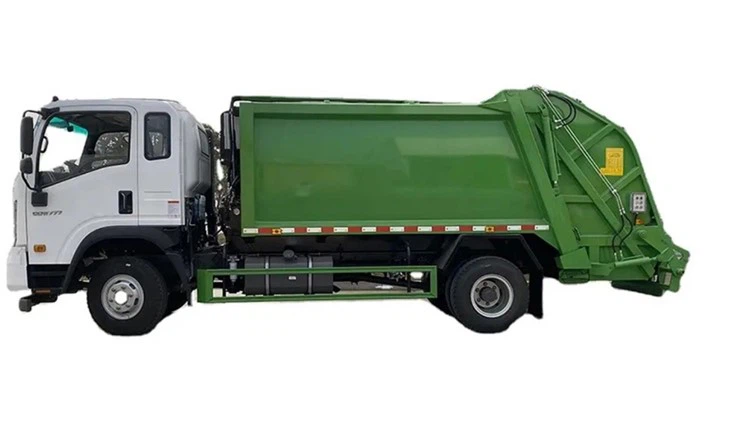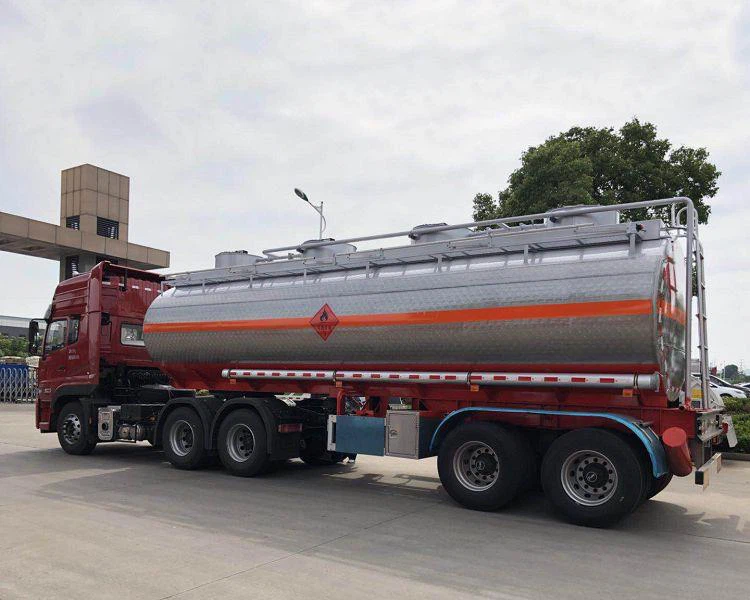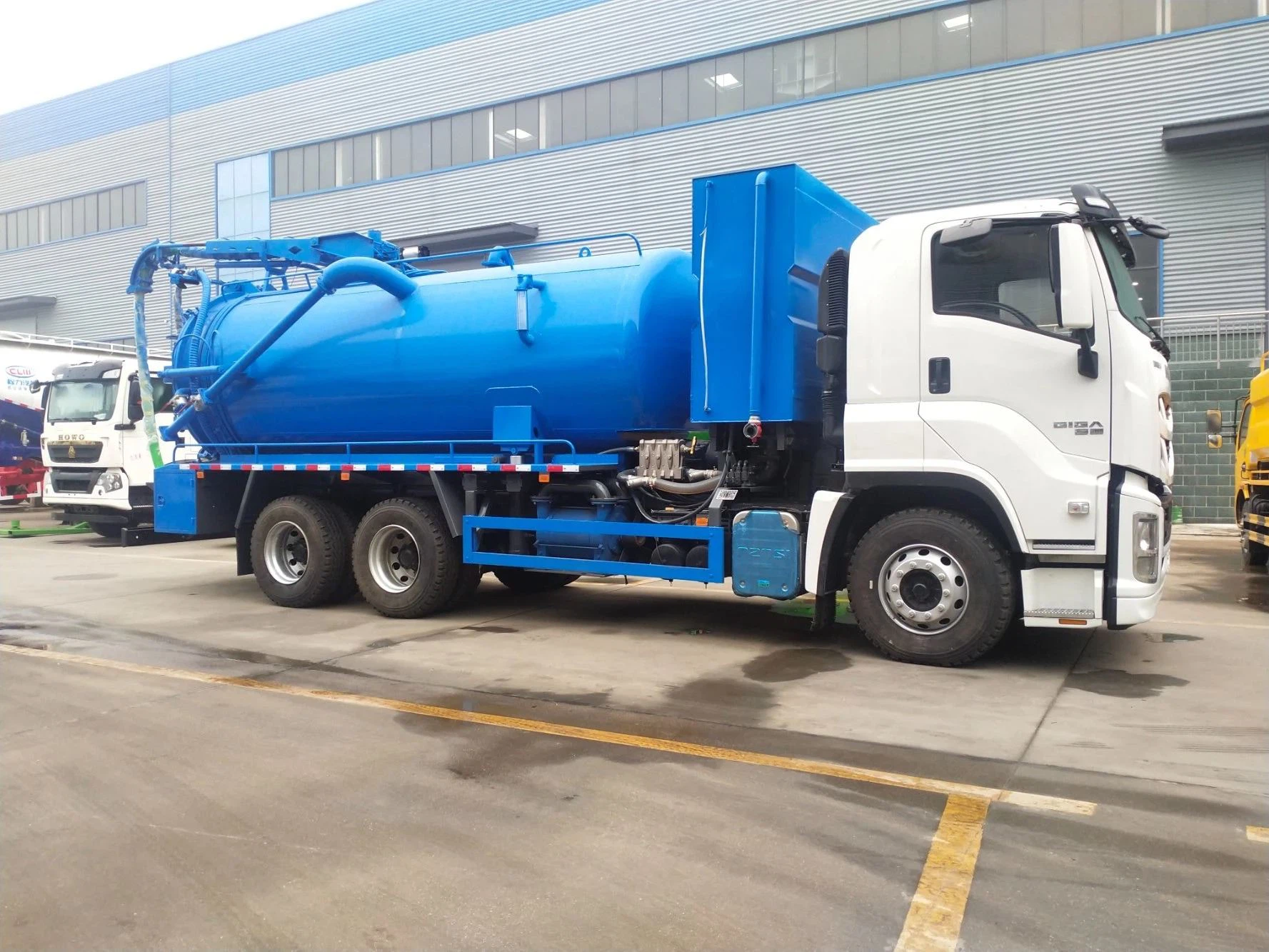Comprehensive Guide to Tank Truck Inspection and Cleaning

Introduction
Tank trucks play a crucial role in transporting liquids, including food-grade products, chemicals, and petroleum. Ensuring the safety and efficiency of these vehicles involves thorough inspection and cleaning procedures. Regular maintenance not only extends the life of the tank truck but also helps in complying with safety regulations and preventing contamination. This article will provide you with an in-depth understanding of tank truck inspection and cleaning, including best practices, regulations, and tips to ensure optimal performance.
The Importance of Tank Truck Inspection
Inspecting tank trucks is vital for several reasons:
- Ensures compliance with safety regulations
- Prevents accidents and spills
- Maintains the integrity of the transported products
- Extends the lifespan of the vehicle
Types of Inspections
Tank truck inspections can be categorized into three main types:
- Pre-trip Inspection: Conducted before the truck departs. This ensures that all systems are functional and no leaks exist.
- Post-trip Inspection: Carried out after delivering the load. This helps identify any damage incurred during transport.
- Periodic Inspections: These are scheduled inspections that comply with local and federal regulations.
Key Components to Inspect
| Component | Inspection Criteria |
|---|---|
| Tank Integrity | Check for signs of corrosion, punctures, and wear. |
| Valves and Fittings | Ensure they are secure and free from leaks. |
| Pumps | Test for proper operation and performance. |
| Hoses | Inspect for cracks and secure connections. |
| Brakes and Tires | Check for proper function and adequate tread depth. |
Tank Truck Cleaning Procedures
Cleaning tank trucks is essential, especially when transporting different types of materials. This section will outline effective cleaning procedures.
Cleaning Techniques
There are several techniques for cleaning tank trucks, including:
- Pressure Washing: Utilizes high-pressure water to remove contaminants.
- Steam Cleaning: Effective for eliminating stubborn residues with hot steam.
- Chemical Cleaning: Involves using appropriate cleaning agents to break down residues.
Cleaning Process Steps
- Empty the tank completely and remove any residual product.
- Rinse the tank with water to remove loose debris.
- Apply a suitable cleaning solution and scrub surfaces as needed.
- Pressure wash or steam clean the interior and exterior.
- Rinse thoroughly to remove any cleaning agents.
- Inspect the tank for cleanliness and integrity before refilling.
Compliance and Regulations
Tank truck operations must adhere to specific regulations to ensure safety. Here are the key organizations and regulations:
Overview of Regulations
- Department of Transportation (DOT): Regulates the transportation of hazardous materials.
- Environmental Protection Agency (EPA): Sets standards for the prevention of pollution.
- Occupational Safety and Health Administration (OSHA): Ensures workplace safety related to tank truck operations.
Key Compliance Requirements
Some crucial compliance practices include:
- Proper labeling of hazardous materials
- Maintaining accurate records of inspections and cleaning
- Training personnel on safety and regulatory compliance
Best Practices for Tank Truck Maintenance
Implementing best practices can significantly enhance the safety and efficiency of tank trucks:
Regular Maintenance Schedule
Establishing a routine maintenance schedule is essential. Tips include:
- Document all inspection and cleaning activities
- Set reminders for periodic inspections and cleaning
- Make necessary repairs immediately to avoid further issues
Training for Personnel
It’s crucial to train drivers and cleaning staff on:
- Inspection and cleaning procedures
- Emergency response protocols
- Proper use of cleaning agents and equipment
Common Challenges in Tank Truck Inspection and Cleaning
While inspecting and cleaning tank trucks is essential, various challenges can arise:
Contamination Risks
Contamination can occur if cleaning procedures are not followed properly. To mitigate risks:
- Ensure thorough rinsing after chemical cleaning
- Utilize dedicated cleaning equipment for different materials
Time and Resource Constraints
Cleaning and inspection can be time-consuming. Solutions include:
- Employing efficient cleaning technologies
- Scheduling inspections during downtimes, such as weekends

Practical Examples and Tips for Effective Cleaning
Implementing effective cleaning practices can enhance safety and performance. Here are some practical tips:
Use the Right Products
Select appropriate cleaning agents based on the transported material. For example:
- Food-grade products may require non-toxic, biodegradable cleaners.
- Chemical tanks might necessitate specialized solvers for effective removal of chemical residues.
Document Everything
Keep detailed records of all inspections and cleaning activities. This documentation should include:
- Date and time of inspection
- Details of any findings or anomalies
- Completed cleaning procedures and products used

Frequently Asked Questions (FAQ)
What is the frequency of tank truck inspections?
The frequency depends on regulatory requirements and usage. Generally, pre-trip inspections should occur before every load, while periodic inspections may vary from weekly to monthly.

How do I know if my tank truck needs cleaning?
If you are switching product types, observe contamination, or notice residue after emptying the tank, cleaning is necessary.
What cleaning methods are most effective for food-grade tanks?
Pressure washing combined with hot water and safe cleaning agents is typically most effective for food-grade tanks.
Are there specific training programs for tank truck cleaning?
Yes, organizations often provide training programs focused on safe inspection practices, emergency response, and proper use of cleaning equipment.
What should I do if I find a leak during an inspection?
If a leak is identified, immediately initiate emergency protocols, seal off the area, and report it to relevant authorities for safe handling.
Can tank cleaning be outsourced to a professional service?
Yes, many companies specialize in tank cleaning and can offer expertise and resources for efficient cleaning and compliance with regulations.
